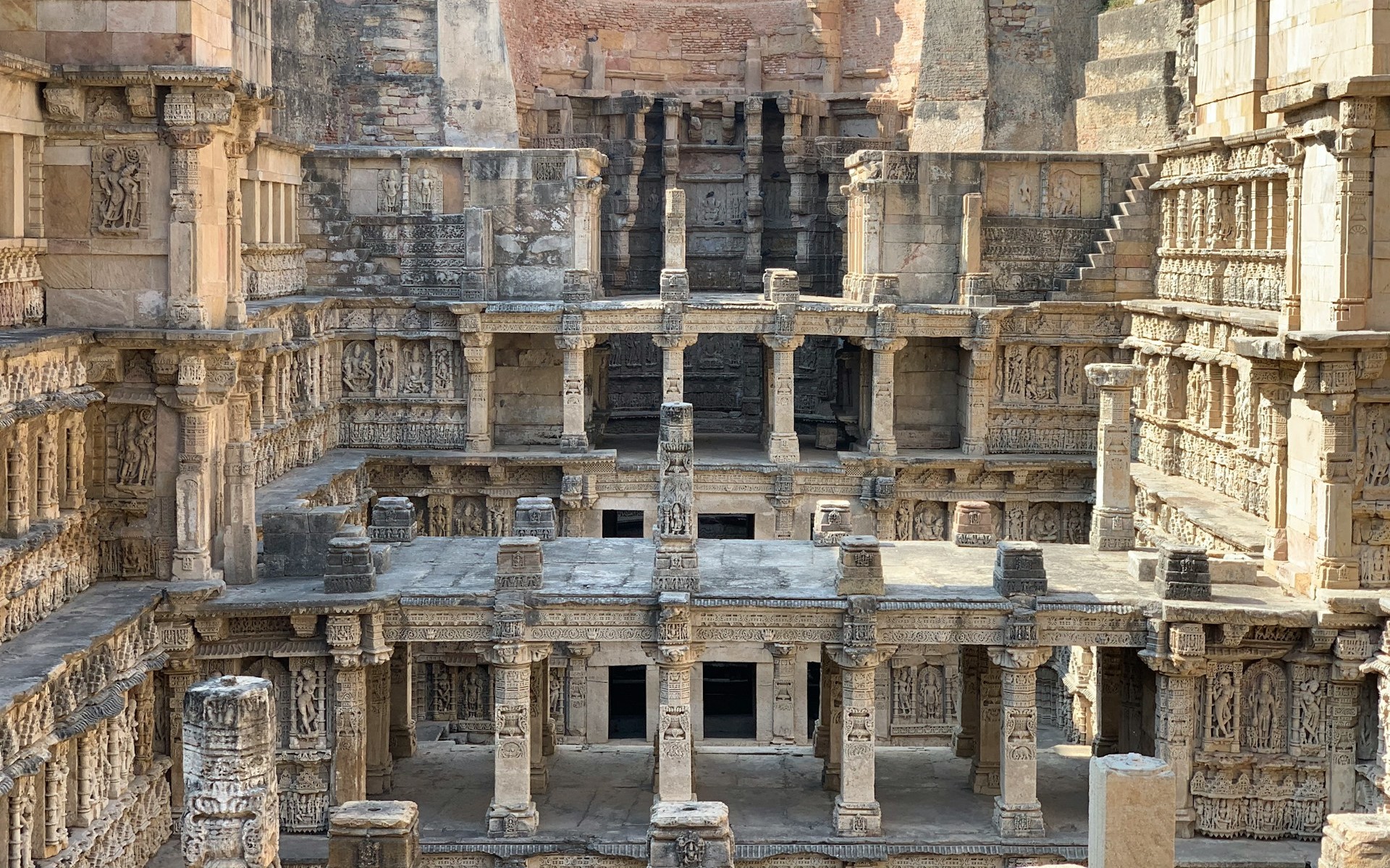
Rani ki Vav
PC: Salil
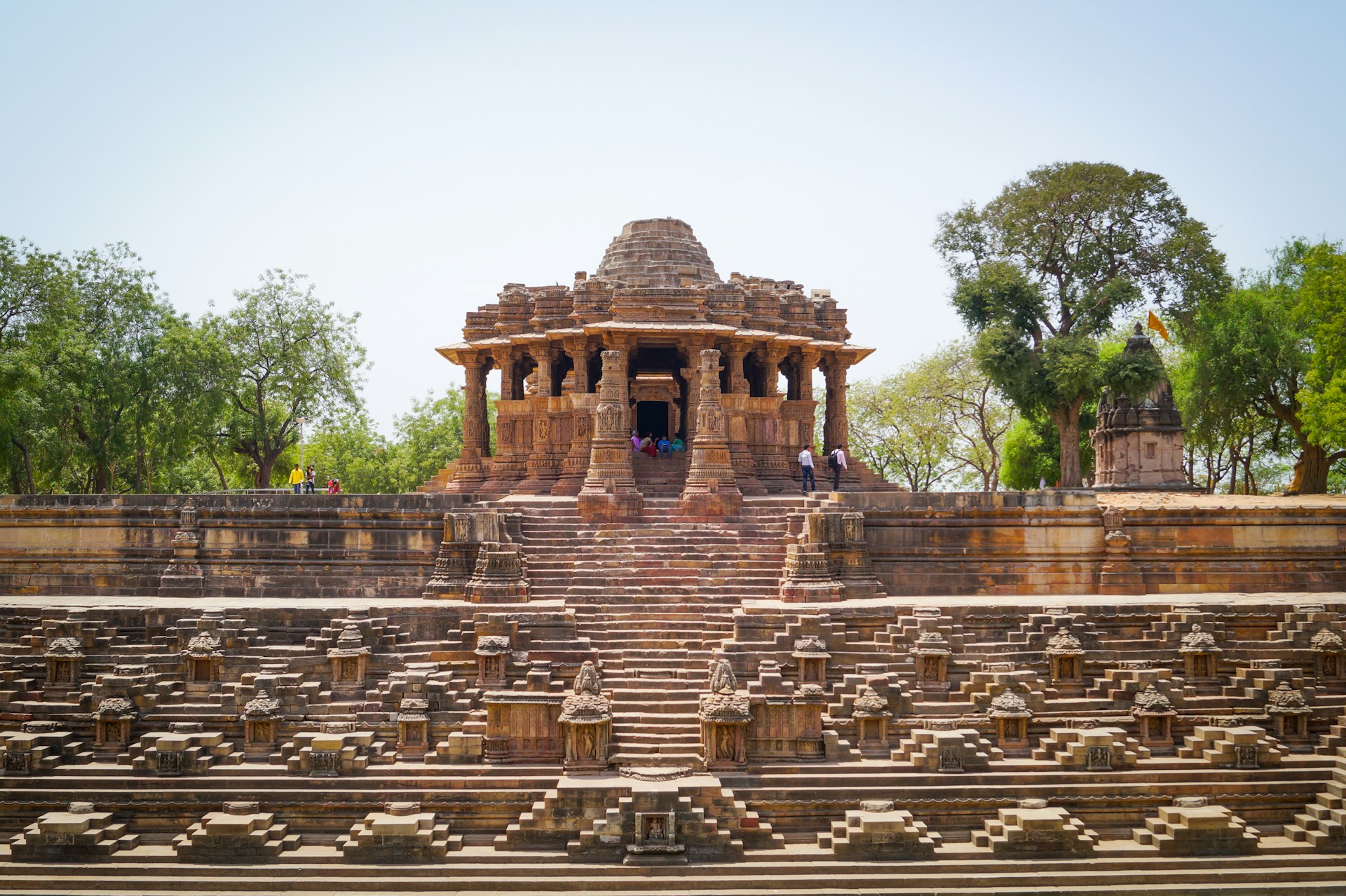
Modhera Sun Temple
PC: Hardik Joshi

Sasan Gir
PC: Nihal Shah
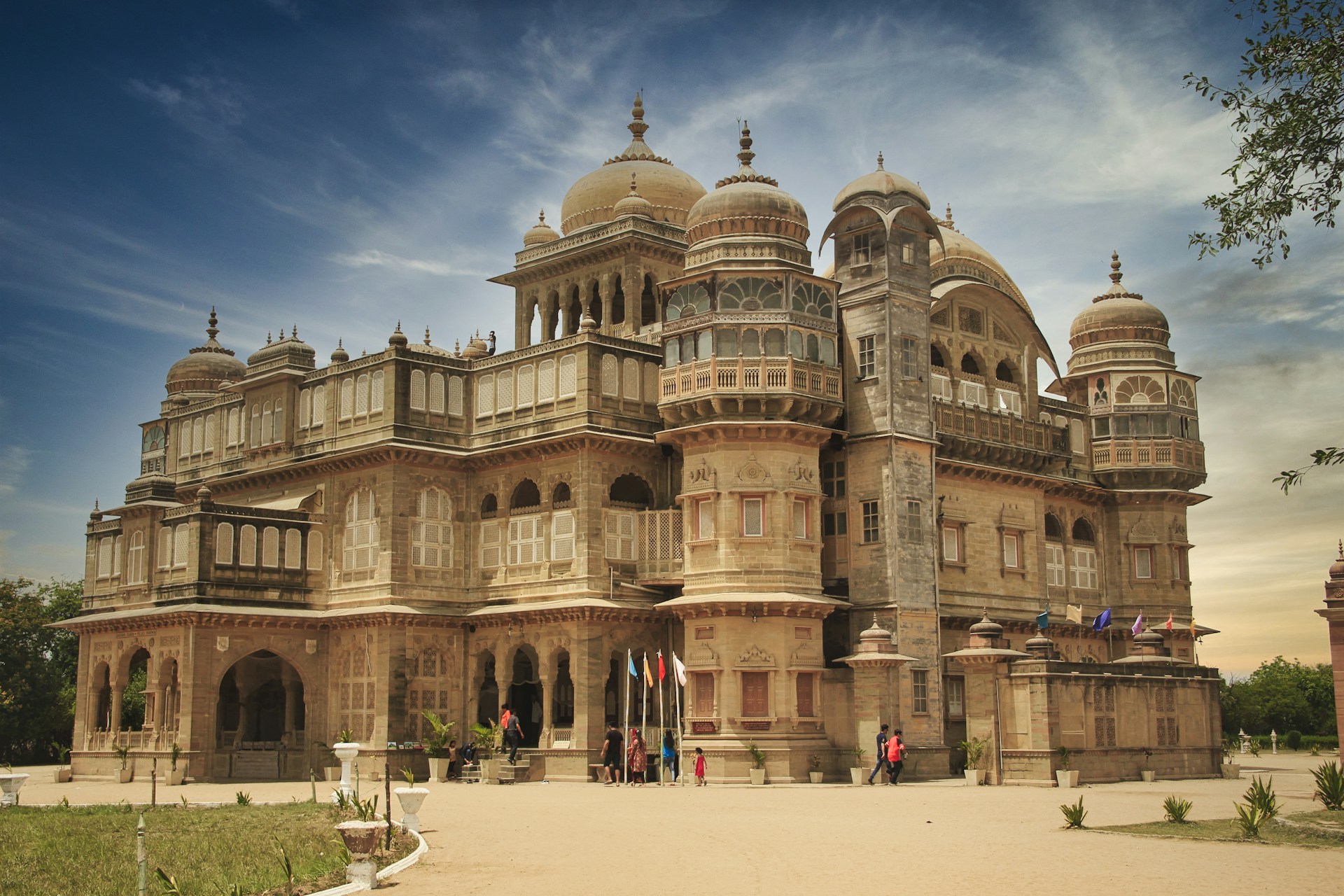
Mandvi Palace
PC: Setu Chhaya

Gujarat is one of the most travelled tourist attraction of India. It is the most developed state of the country. One can easily feel the difference between Gujarat and other states of India because of its progress and prosperity. It is also very famous because of the worldwide spread of Gujarati people. Gujaratis are peace loving people and they are very famous for their sound business skills.
Birth place of Mahatma Gandhi,father of the nation,is in Gujarat. Famous Asiatic lions can be found in Gir, Gujarat in whole Asia. Gujarat has famous pilgrimages like Somnath Jyotirling, Shamlaji, Dwarka, Palitana etc. Alongwith this it holds the relics of ancient Harappa civilization. Saputara is the only, but beautiful hill station of Gujarat where one can enjoy adventure activities like paragliding and zip sliding. In nutshell Gujarat is the perfect tourist destination if one visit at the correct time. For more details explore below.
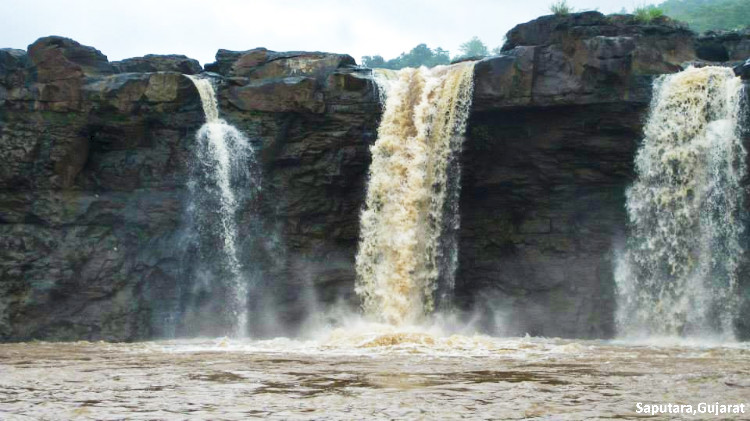
Saputara is a picturesque hill station located in the Dang district of Gujarat, India. It is situated in the Sahyadri range at an altitude
of about 1000 meters above sea level. It is the only hill station in Gujarat and offers a refreshing break from the plains. Known for its lush
greenery, scenic landscapes, and pleasant climate, Saputara is a popular tourist destination especially during the summer months when
temperatures in other parts of Gujarat soar.
Majot tourist attractions of Saputara are Sunset Point, Sunrise Point, Gira Waterfalls, Saputara Lake, Rose Garden, Step Garden. Tourists can
indulge in boating, trekking, hiking, paragliding and nature walks in and around Saputara. The town also offers opportunities for tribal
crafts shopping and exploring local culture. Overall, Saputara is a perfect destination for nature lovers, adventure enthusiasts, and those
seeking a tranquil retreat amidst scenic beauty.
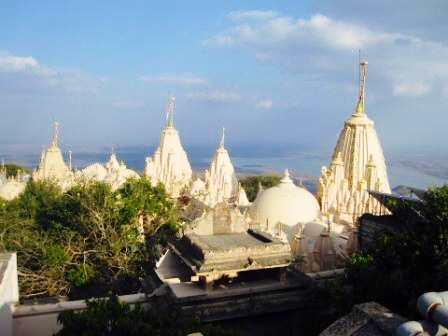
Shatrunjaya Hill in Palitana boasts over 900 temples, making it the only hill of its kind in the world. Regarded as the holiest pilgrimage
site (tirtha) for the Jain community, the entire mountain is revered. At its summit lies the principal temple dedicated to Rishabhdev, the
first Tirthankara also known as Adinath or Adishwar. These temples were painstakingly constructed over a span of 900 years, starting from the
11th century, by successive generations of Jains.
According to Jain scriptures, Shatrunjaya Hill is where countless Jain monks achieved omniscience and liberation, rendering the entire hill
sacred from top to bottom. The journey to the summit is rigorous, typically taking about an hour and a half. Climbers adhere strictly to Jain
principles, abstaining from consuming or carrying food along the way. Reflecting the profound Jain faith and Palitana's status as one of the
world's most sacred places, the city achieved a notable milestone in 2014 becoming the first in the world to legally declare itself vegetarian.
This legislation prohibits the sale and consumption of meat, fish, and eggs, as well as related occupations such as fishing and animal husbandry
for food purposes.
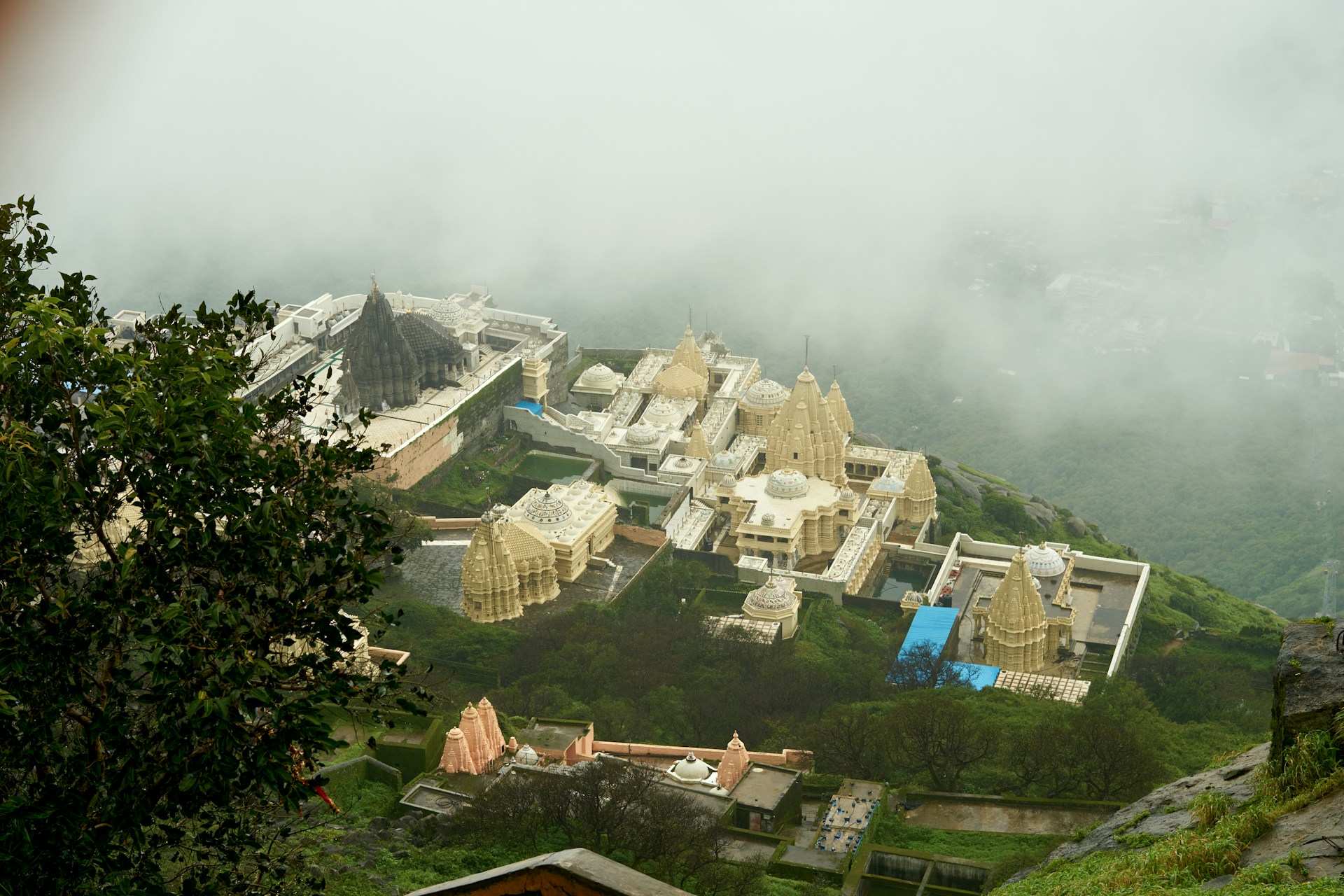
Junagadh is renowned for Mount Girnar, where numerous Jain and Hindu shrines are located. Girnar holds immense significance for Jains,
as it is where the 22nd Tirthankara, Neminath, attained omniscience and Nirvana. In ancient times, Girnar was known by various names such
as Girinagari, Ujjayantgiri, or Ujjaynta. The pilgrimage to Girnar has been revered in Jain scriptures since the 5th or 6th century AD.
The current temple was reconstructed in 1129 A.D. by Sajjana, a governor of Jaysinhdev of the Solanki dynasty, replacing an older timber
temple.
Another notable shrine is Bhavnath Mahadev, significant in Hinduism. The annual Bhavnath Fair, a five-day event held during the Magha month
of the Hindu calendar (February-March), concludes with the auspicious worship of Lord Shiva at midnight on Maha Shivaratri. The fair attracts
hundreds of Naga Sadhus from the Dashanami Sampradaya, who bathe in Mrgi Kund and offer prayers at the temple. It is believed that Lord Shiva
himself visits this shrine on this sacred day.

The Dwarkadhesh temple of Dwarka Gujarat is very important pilgrimage for lord Krishna devotees. According to epic Mahabharata, Krisna
was the king of ancient Dwarka and hence the name of temple is Dwarkadheesh, meaning King of Dwarka.
According to Mahabharat, after 36 years of Kurukshetra war lord Krisna's city Dwarka was submerged by ocean. It is believed that current
Dwarka of Gujarat is standing on the ground of the same ancient Dwarka. The temple spire rises to a height of 78 metres (256 ft). The flag,
hoisted over the spire, shows the sun and moon, which is meant to indicate that Krishna would be there until the sun and moon exist on Earth.
Devotees offer flag to get flurred on this temple on fulfilling their wishes. Everyday five flag changes on the temple and still there is
waiting period of years if a devotee want to offer flag to get flurred on the temple.
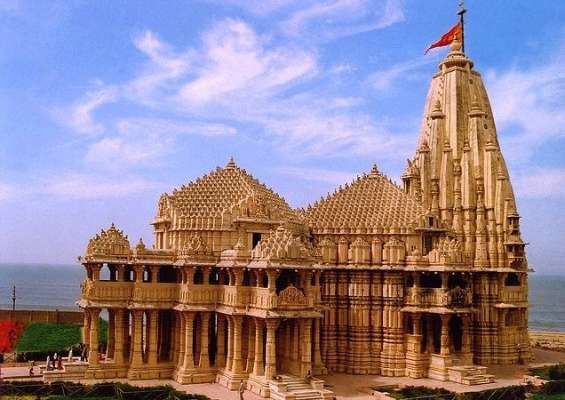
The Somnath temple is situated on the coastline in Prabhas Patan, Veraval, in the Saurashtra region of Gujarat. Dedicated to Lord Shiva,
it is mentioned in numerous ancient Hindu scriptures. Its origins are prehistoric, and while the exact date of its initial construction is
uncertain, the current structure was initiated under the direction of India's first Deputy Prime Minister, Vallabhbhai Patel, following
approval for its reconstruction from Mahatma Gandhi. Construction was completed in May 1951.
Historically, Veraval was a significant trading harbor, and due to its proximity, the temple gained renown as a center of Hindu faith.
Despite repeated attacks by Islamic invaders from Central Asia aimed at its destruction, the temple consistently rose again from the rubble.
Today, it remains the most revered shrine for Hindu devotees. Bhalka tirth, where lord Shree Krishna took his last breath, is also situated
at just 5 kms from this temple.

It is situated in Surendranagar district of Gujarat state.It is very famous for its migratory birds which come here in winter starting from October to December. It is considered to be the heaven for bird watchers. If you are not interested in bird watching we would suggest you to visit this place even once and we are sure that you will be surprised by watching thousands of varities of birds at one place.

It is a world famous lion sanctuary as one can find asiatic lions here only. Lions are considered to be pride of Gujarat as in whole world only two places where lions exist, one in Gir and other in Africa. Once was a time when lions were about to extinct here but with joint efforts if government and locals lions coexist with humans and their numbers are increasing year by year. If you are planning to visit India you must come here and see the magestic asiatic lions.

Modhera Sun Temple is situated on the banks of the Pushpavati River in Modhera, Mehsana district, Gujarat, India. The temple was built in the 11th century during the reign of the Solanki dynasty. It is a classic example of Maru-Gurjara style of architecture, known for its intricate carvings, detailed sculptures, and geometric patterns. The temple complex consists of three main components - the Surya Kund (a large rectangular stepped tank), the Sabha Mandap (assembly hall), and the Guda Mandap (sanctuary). The sanctuary once housed the idol of the Sun god Surya.
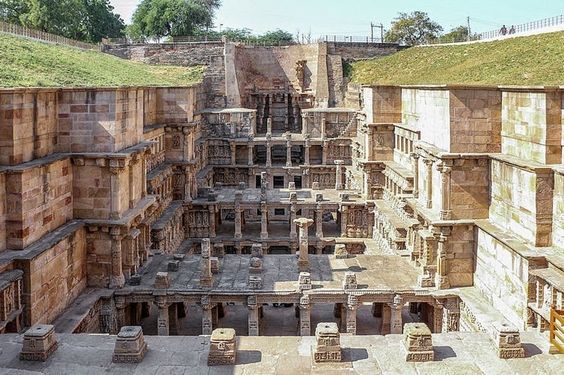
Rani ki Vav, situated in Patan, Gujarat, India, is a renowned stepwell constructed in 1063 by Rani Udayamati of the Chaulukya Dynasty in memory of her husband, Bhimdev I. According to a 1304 account by Jain monk Merutunga, Udayamati, daughter of Naravaraha Khangara, commissioned the stepwell, which took 20 years to complete. In the 1890s, archaeologists Henry Cousens and James Burgess observed Rani ki Vav buried under silt, with only the shaft and a few pillars visible. Rediscovered in the 1940s, it underwent restoration by the Archaeological Survey of India in the 1980s. Designated a UNESCO World Heritage Site in 2014, Rani ki Vav stands as a testament to ancient architectural and cultural significance.